About Me
Hello!

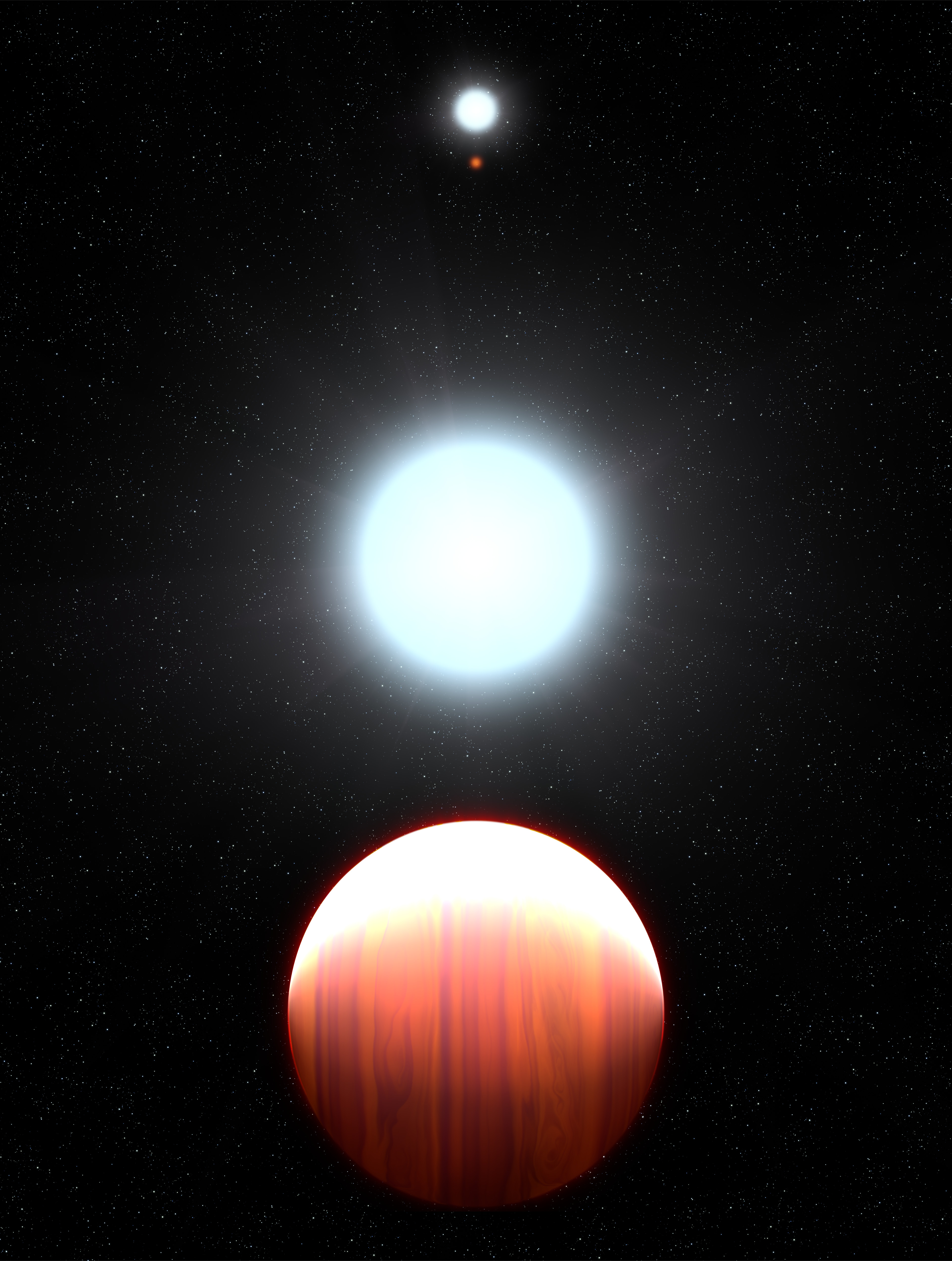
Exoplanetary science is perhaps the most exciting and rapidly growing branch of modern astrophysics. We are now in the age of not only discovering extrasolar planets, especially in the habitable zone but also characterizing them. Our knowledge of exoplanets has grown immensely, from our understanding of their formation and dynamics. Planets with masses similar to those revolving the sun are regularly found in other planetary systems, exhibiting very different physical conditions. The statistics of these exoplanets indicate that planet formation is a ubiquitous process in the local universe.
However, the discovery of a plethora of planets also raises a few questions. Is life common in the universe? How do planets evolve to generate habitability? How do the factors such as a suitable star system and the characteristics of a planet affect its habitability? What are the peculiar features of our solar system? My research interests involve deepening our understanding of how an exoplanet forms, migrates, and dynamically evolves, through its detection and characterization.
I believe in open-source coding and open-source science.
Image courtesy of NASA, ESA, and NRAO.
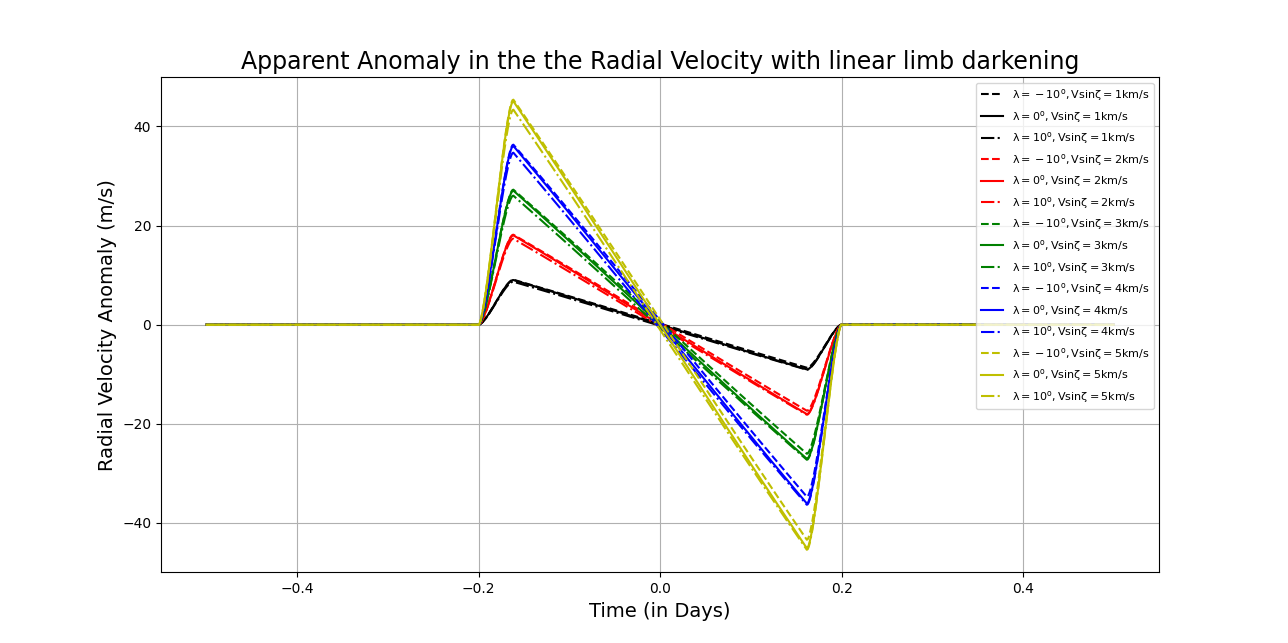
RM effect is the asymmetric distortion in the line profiles of the stellar spectrum produced by the stellar spin resulting in an apparent anomaly in the radial velocity curves. It occurs due to the sequential obscuring of light coming from different parts of the disk during a planetary transit. It provides the main means of measuring the projected stellar spin velocity \((V\:sin\,𝜁)\) and the sky-projected spin-orbit angle \((𝜆)\) between the stellar spin axis and its transiting planet's orbital axis.
The detection of misaligned orbits has been suggested as evidence against the "standard model" for planetary migration, wherein planets spiral inward as a result of disk-planet interactions (Triaud et al. 2010 and Matsumura et al. 2010). Rather the results suggest that close-in giant planets migrated inwards at their current locations through gravitational perturbations, followed by frictional heating due to gravitational tides produced by other massive bodies.
I developed a theoretical framework to estimate the stellar spin angular velocity and its direction angle with respect to the planetary orbit. Using the Monte Carlo integration with importance sampling and with the Metropolis-Hastings (M-H) algorithm, I evaluated the numerical accuracy of the expressions.
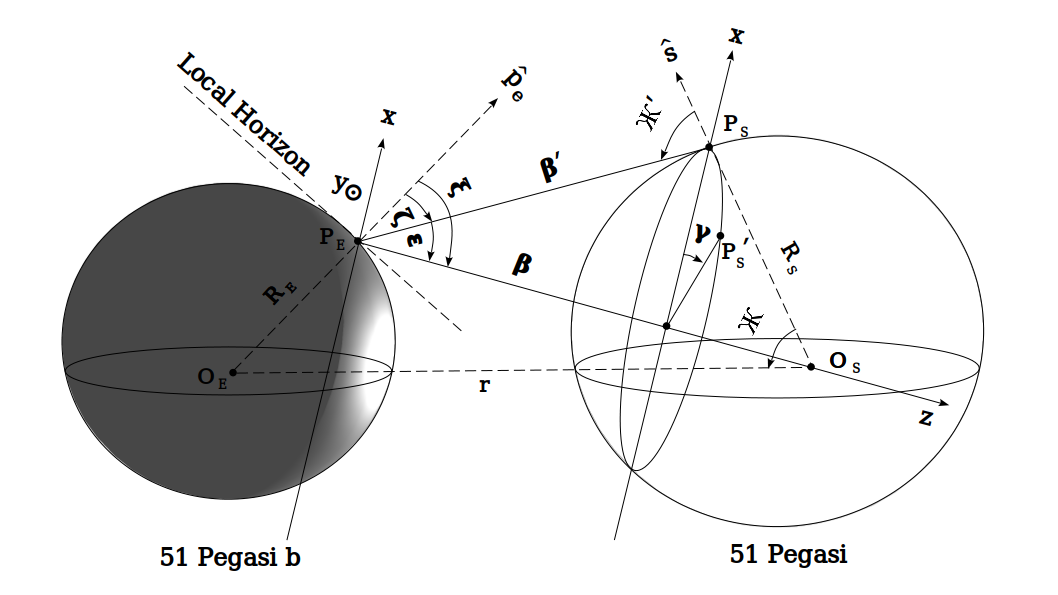
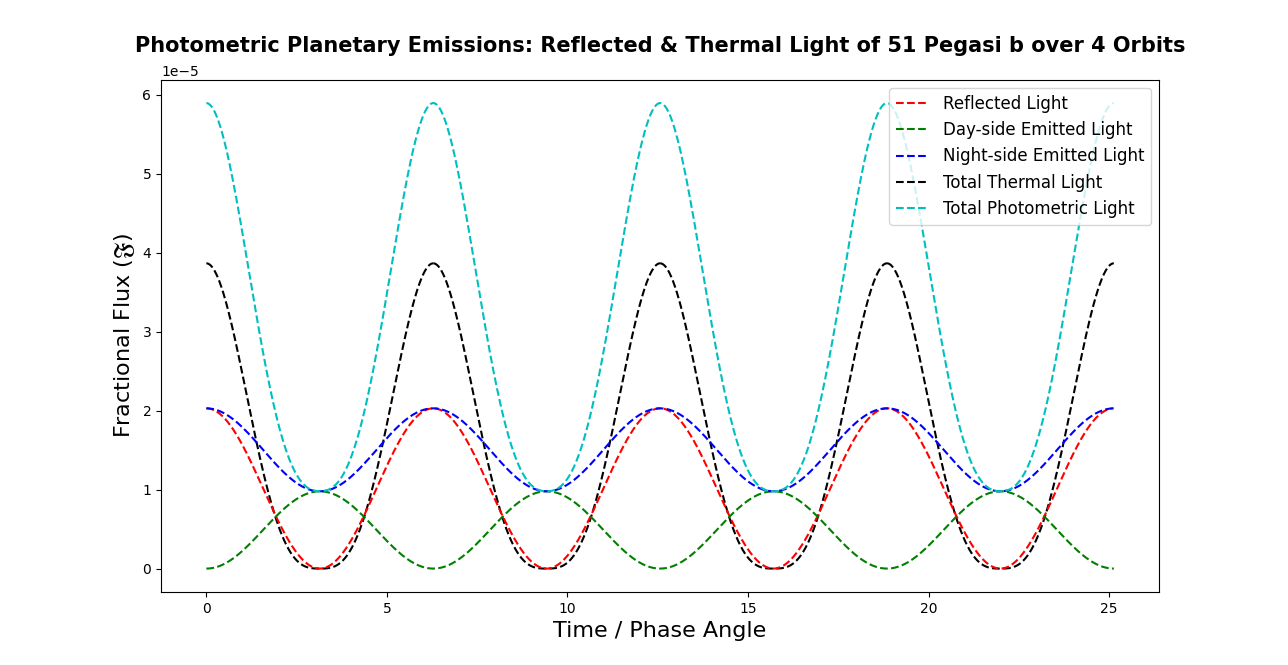
Studying a planet’s reflected light provides crucial information about its atmosphere and composition, which helps in drawing inferences about the scattering properties, and in constraining the physics of current atmospheric models. The reflected spectrum from a planet also allows to determine the geometric albedo as a function of its latitude \((\Theta)\) and longitude \((\Phi)\) and retrieve its rotation rate.
In this context of estimating the reflected and emitted thermal light, I investigated the nature of the photometric light curves produced by exoplanetary systems by connecting their orbital and physical parameters to their signatures on the transit and photometric light variations.
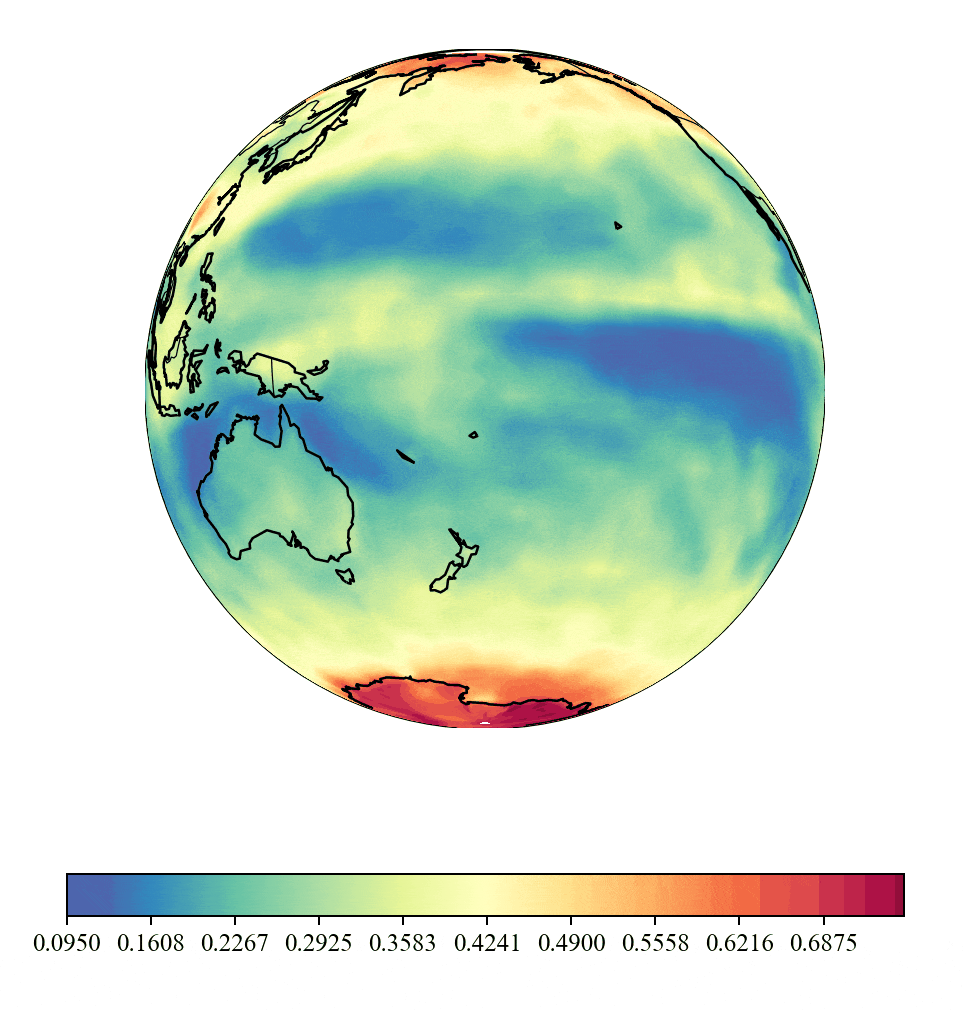
One of the fundamental challenges of exoplanet research is to search for potentially habitable planets and to characterize the habitability indicators and biosignatures. With the advancement in observational techniques, we are moving in an era of characterization of extrasolar planets through direct imaging. Studying habitable-zone planets in reflected light and comparing them with Earth would help us determine the surface and atmospheric processes that play a crucial role in developing and maintaining environments hospitable to life.
The study involved analyzing the Earth albedo for summer and winter models using spherical harmonics and comparing it with the Earth Radiation Budget Experiment (ERBE) data. I am currently determining the effect of 'sunglint' (specular reflection from the ocean surface) and its role in sculpting the light curve. Space-borne studies of ocean glint reflectance in a disc-integrated observation would have its direct application in identifying the presence of oceans on other Earth-like planets.

The direct emission from a hot Jupiter's atmosphere can be detected by differencing the total light (planet + star) obtained with the light of just the host star during the secondary eclipse phase. Composition determinations for these planets provide critical information about their primordial origins, migration, and subsequent evolution.
Using the PHOENIX atmosphere models and interpolating the grid at different metallicities, surface gravities (log g), and spectral resolutions, I obtained the spectrum of the stellar source. I built my own code to compare the planet-to-star flux contrast models with the actual data points from observations by the Spitzer and HST telescopes. The study also involves estimating the flux densities of the spectra by performing synthetic photometry in the IRAC and WFC bands.
#454, Bausch & Lomb Hall
Department of Physics & Astronomy
University of Rochester, Rochester, NY, US